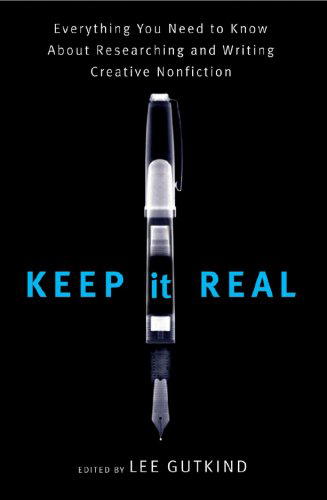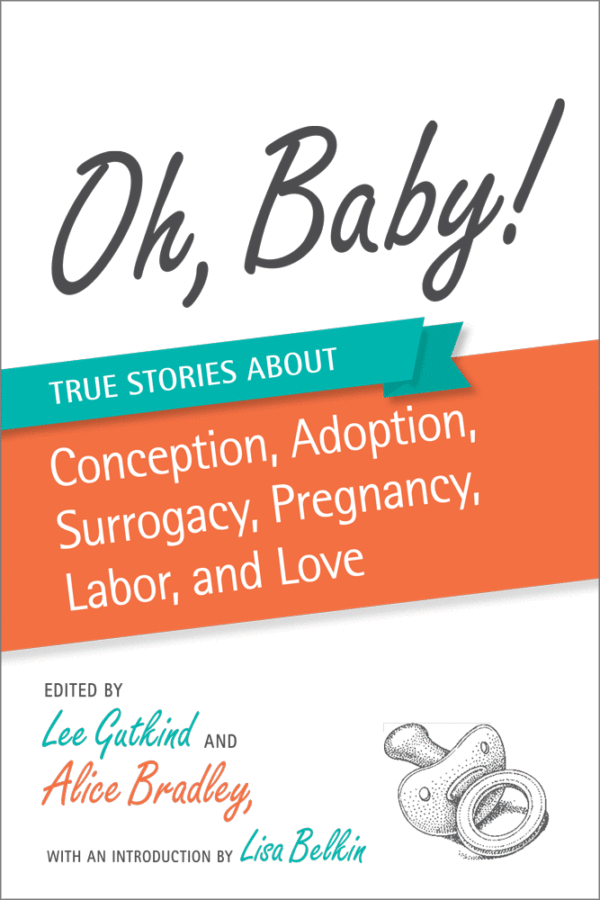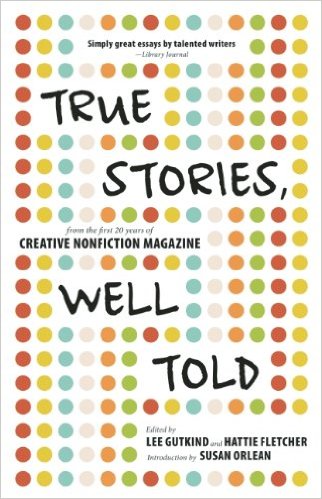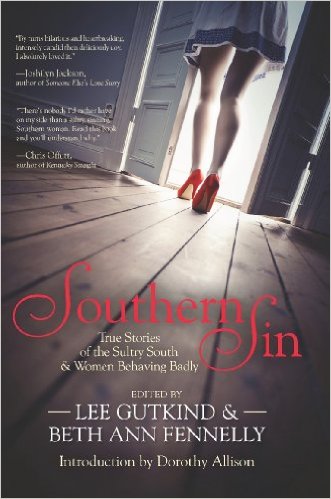Keep It Real
Everything You Need to Know About Researching and Writing Creative Nonfiction
This handy guide begins by defining creative nonfiction. Then it explores the flexibility of the form—the liberties and the boundaries that allow writers to be as truthful, factual, and artful as possible. A succinct but rich compendium of ideas, terms, and techniques, Keep It Real will clarify the ins and outs of writing creative nonfiction. Starting with the acknowledgment of sources, then running through fact-checking, metaphor, and navel gazing, and ending with writers’ responsibilities to their subjects, this book provides all the information writers need to write with verve while remaining true to their story.
Reviews
You would think a guide through the ethical thicket that awaits creative nonfiction writers would have clearer answers. But writer and editor Gutkind seems positively Swiss in his neutrality on the simmering issues that flared into open warfare during the James Frey debacle. “Listen, I can’t answer all these questions with rules and regulations,” he tells a college audience in an anecdote from the introduction. “I am not the creative nonfiction police!” Rather than indulging in what he calls “sanctimonious pronouncements about Truth in Art,” Gutkind and his essayists offer a sort of literary realpolitik, providing thoughtful but studiously noncommittal glosses on “checkbook journalism” (paying subjects for information), compression (combining multiple events and/or quotes for the sake of narrative flow), and using family members as characters (tempting but potentially fatal to household harmony). It’s fine as far as it goes, but you sympathize with the woman who stood up after Gutkind’s college declaration and said, “Someone has to be. And you are under arrest.” –Kevin Nance –This text refers to the Hardcover edition.
—Booklist




